Discover the unexpected perks of having household plants! Beyond their aesthetic appeal, common plants offer numerous health and environmental benefits. From improving air quality to boosting mood and reducing stress, these green companions are more valuable than you might think. Explore how simple greenery can enhance your home and well-being.
Improving Air Quality
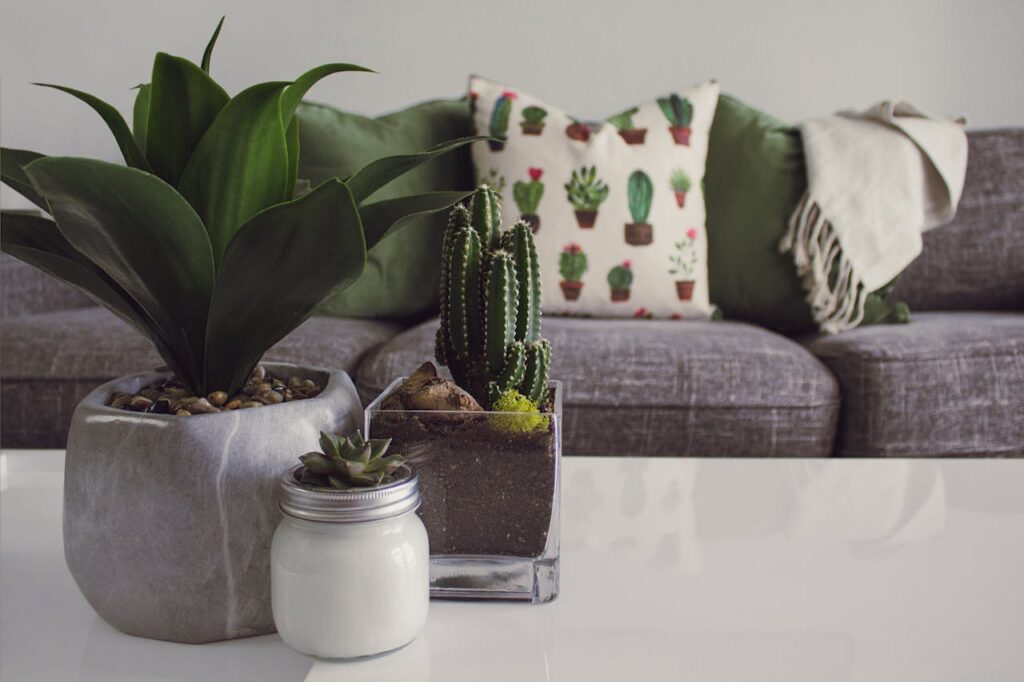
Common household plants such as the Spider Plant and Peace Lily are known for their ability to purify the air. They absorb toxins like formaldehyde, benzene, and trichloroethylene, converting them into oxygen. This process not only cleans the air but also reduces the likelihood of respiratory issues and improves overall indoor air quality.
Reducing Stress Levels
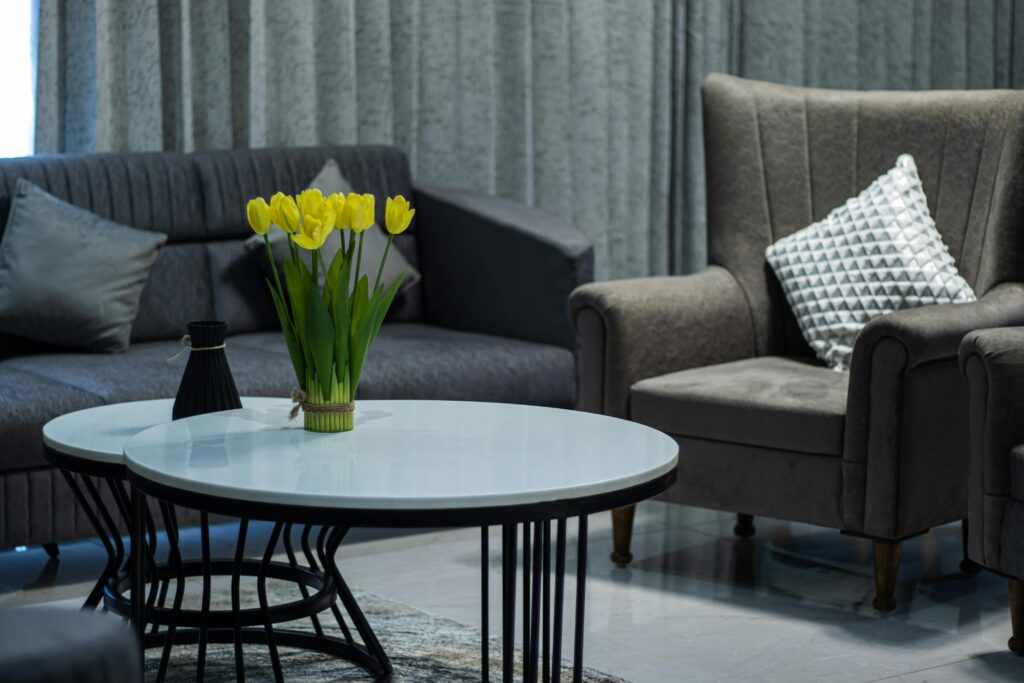
Having plants like Lavender and Aloe Vera in your home can significantly reduce stress levels. The sight and smell of these plants have calming effects, lowering cortisol levels and promoting relaxation. The natural greenery helps create a serene environment, which can be particularly beneficial in high-stress settings.
Boosting Mood and Mental Health

Plants such as Jasmine and Rosemary have mood-enhancing properties. The presence of these plants can elevate your mood, reduce anxiety, and improve mental clarity. Their pleasant aromas stimulate the production of serotonin, the hormone associated with happiness and well-being.
Enhancing Concentration and Productivity

Studies have shown that having plants like the Snake Plant and English Ivy in workspaces can boost concentration and productivity. These plants increase oxygen levels, which enhances cognitive function and focus. They also reduce fatigue and create a more stimulating environment for work.
Humidifying the Air
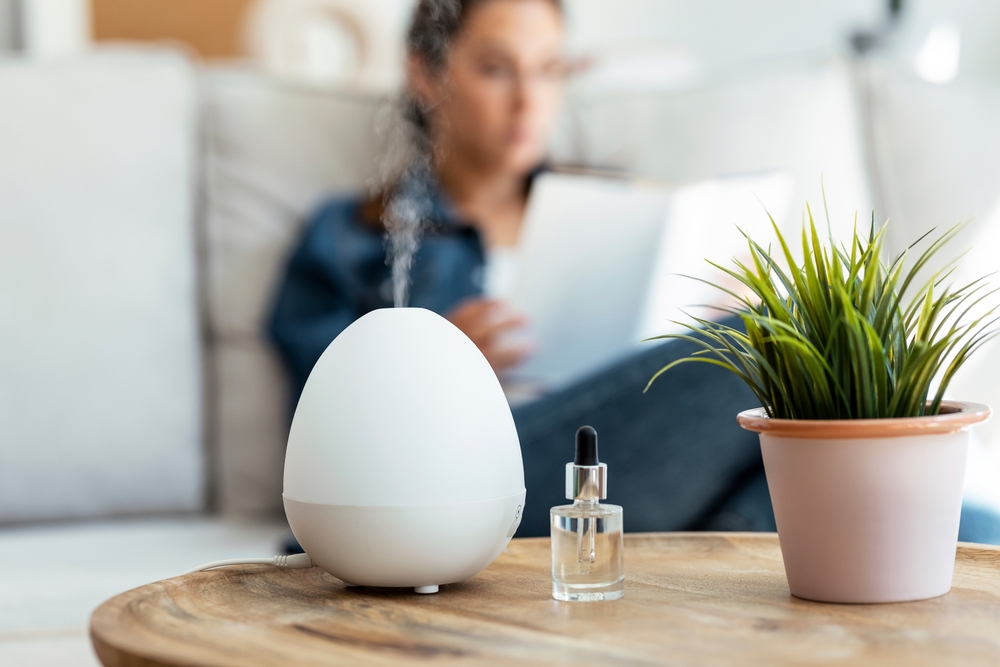
Plants like the Boston Fern and Areca Palm act as natural humidifiers. They release moisture into the air through a process called transpiration, which can help maintain optimal humidity levels indoors. This is particularly beneficial in dry climates or during winter months when indoor air can become excessively dry.
Reducing Background Noise

Large-leaved plants such as the Rubber Plant and Fiddle Leaf Fig can absorb sound, reducing background noise in your home. Their broad leaves and thick foliage can dampen acoustics, making your living space quieter and more peaceful.
Promoting Better Sleep

Plants like Lavender and Jasmine release soothing aromas that can promote better sleep. The calming scent of these plants helps to relax the mind and body, making it easier to fall asleep and improving overall sleep quality. Placing these plants in your bedroom can create a more restful sleeping environment.
Enhancing Creativity

Surrounding yourself with plants like the Monstera and Pothos can boost creativity and inspire new ideas. The natural beauty and diversity of plant life stimulate the senses and encourage creative thinking. Studies have shown that environments rich in natural elements enhance problem-solving skills and creativity.
Reducing Allergy Symptoms
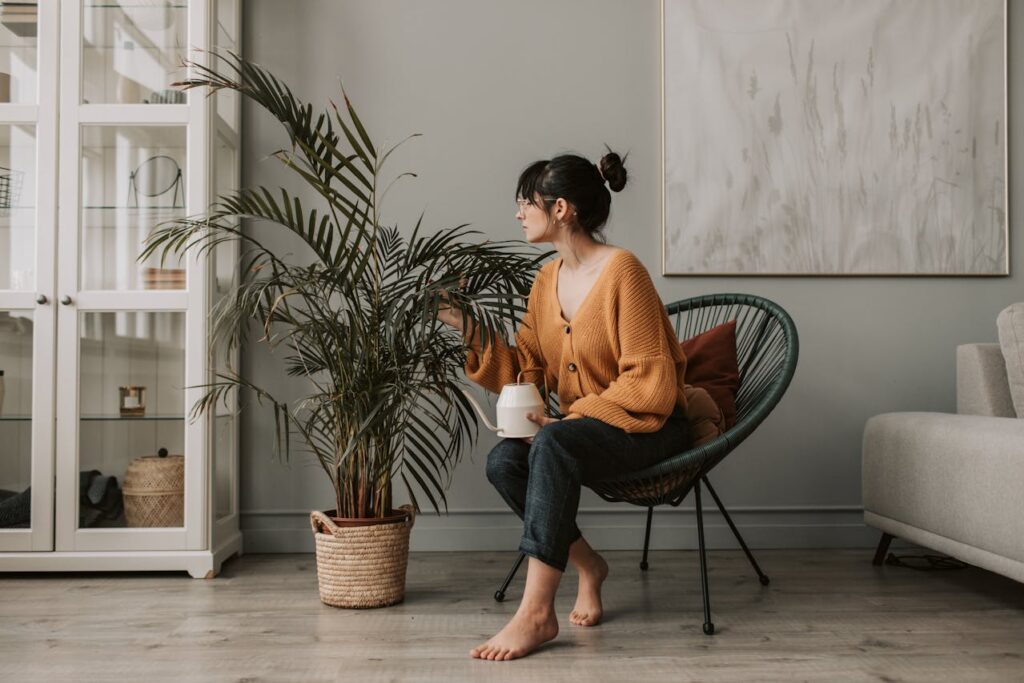
Plants such as the Peace Lily and Areca Palm can help reduce allergy symptoms by trapping allergens like dust and pollen. Their leaves act as natural filters, capturing airborne particles and keeping the air cleaner. This can be especially beneficial for individuals with allergies or asthma.
Providing Fresh Herbs
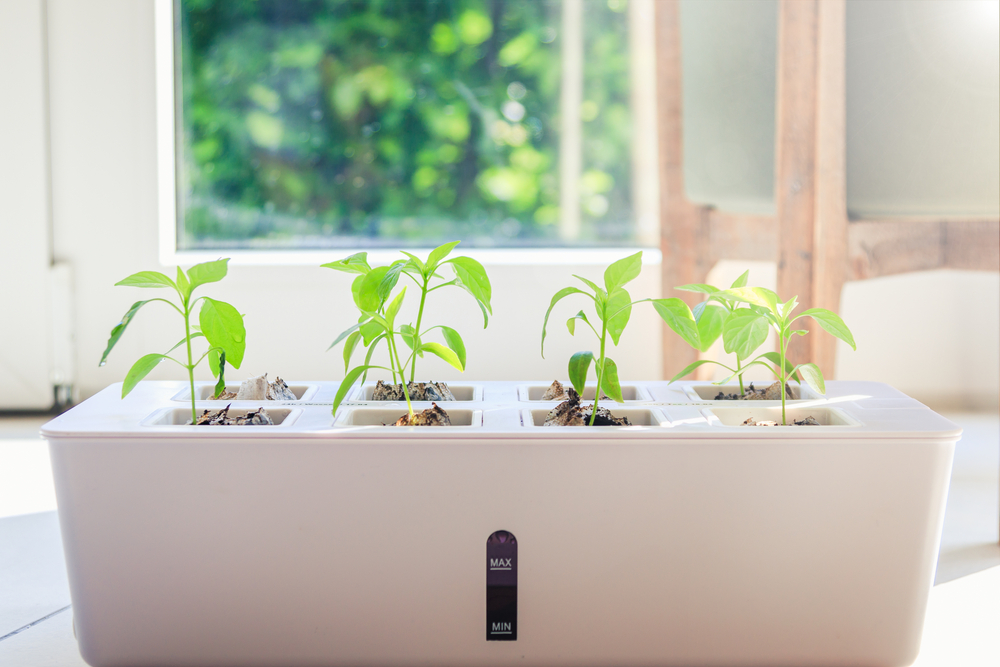
Growing plants like Basil, Mint, and Thyme indoors provides a fresh supply of herbs for cooking. These plants are not only convenient but also enhance the flavor and nutritional value of your meals. Fresh herbs are packed with vitamins and antioxidants, contributing to a healthier diet.
Supporting Mental Clarity

Plants like Rosemary and Peppermint are known to improve mental clarity and cognitive function. The aromas of these plants stimulate brain activity, enhancing memory and concentration. Having them in your study or work area can provide a natural boost to your mental faculties.
Reducing Carbon Dioxide Levels

Plants like the Rubber Plant and Snake Plant are efficient at absorbing carbon dioxide and releasing oxygen. This process helps maintain a healthier balance of gases in your indoor environment, reducing the risk of headaches and fatigue caused by high carbon dioxide levels.
Creating a Relaxing Ambiance

Plants such as the Bamboo Palm and Philodendron contribute to creating a relaxing ambiance in your home. Their lush foliage and natural beauty have a soothing effect, helping to create a tranquil and inviting atmosphere. This can be particularly beneficial in living rooms and bedrooms.
Enhancing Aesthetic Appeal
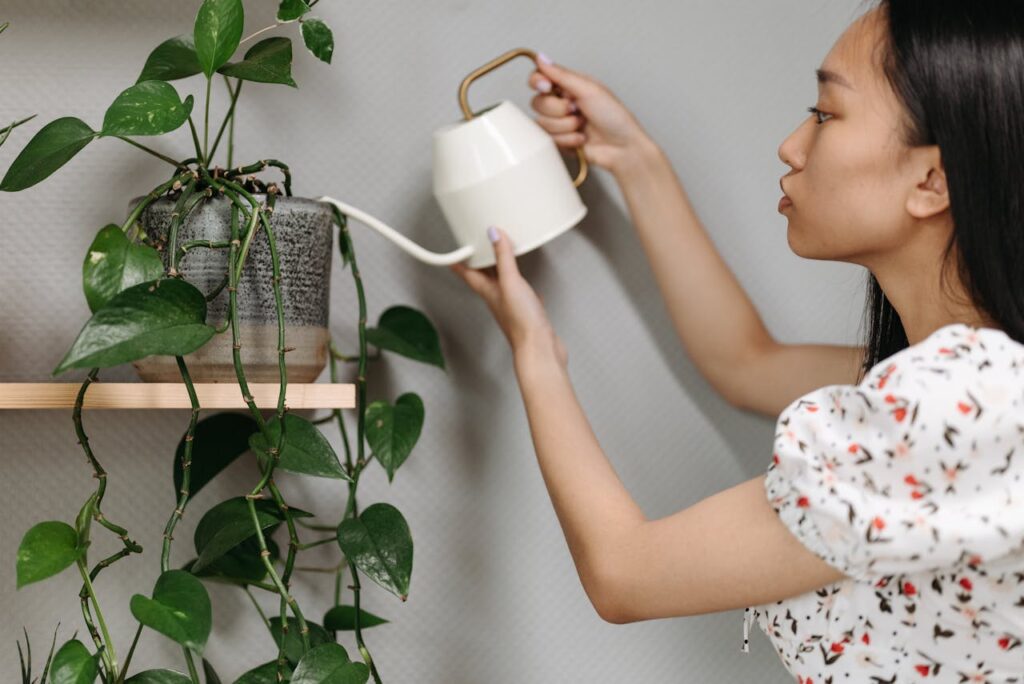
Plants like the Fiddle Leaf Fig and Swiss Cheese Plant add aesthetic appeal to any space. Their unique shapes and vibrant colors can enhance the decor of your home, making it more visually appealing and inviting. They also bring a touch of nature indoors, creating a harmonious living environment.
Supporting Eco-Friendly Living
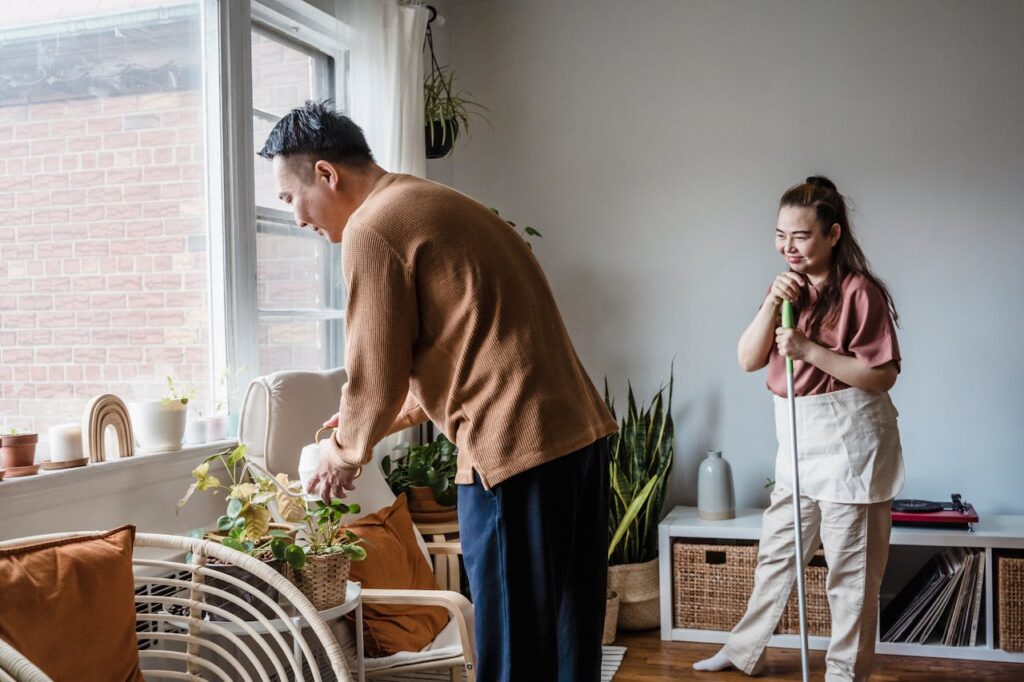
Growing plants like Spider Plants and Aloe Vera supports eco-friendly living by reducing the need for artificial air fresheners and humidifiers. These plants naturally purify and humidify the air, contributing to a more sustainable and environmentally friendly lifestyle.
Improving Indoor Acoustics
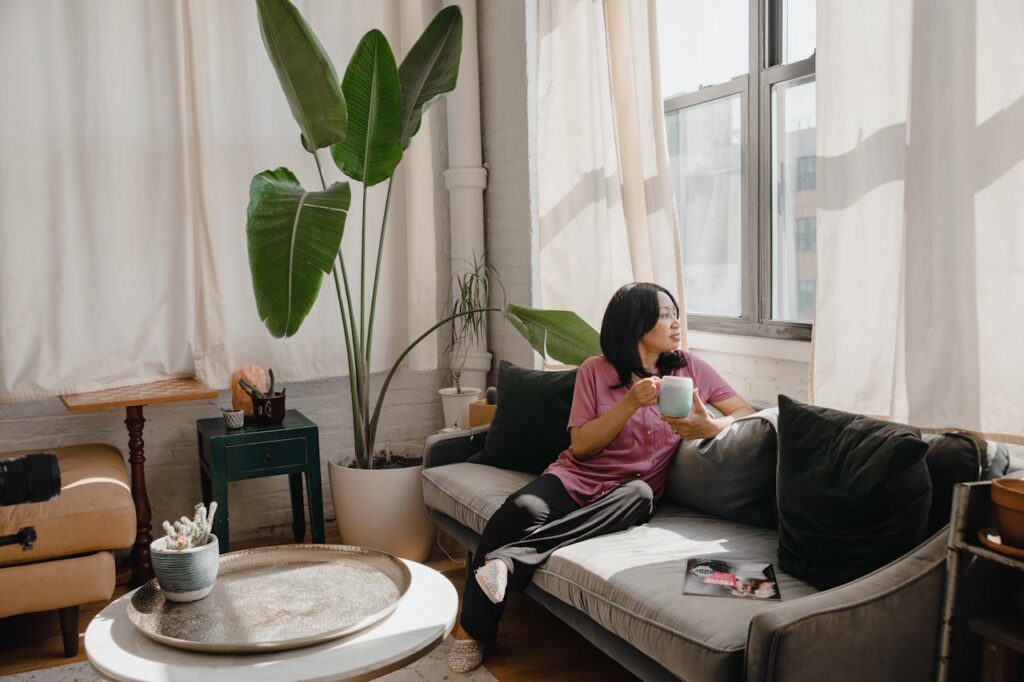
Plants with large leaves and dense foliage, such as the Rubber Plant and Boston Fern, can improve indoor acoustics by absorbing sound. This can make your home quieter and more comfortable, reducing the impact of outside noise and creating a more peaceful living space.
Boosting Immune System
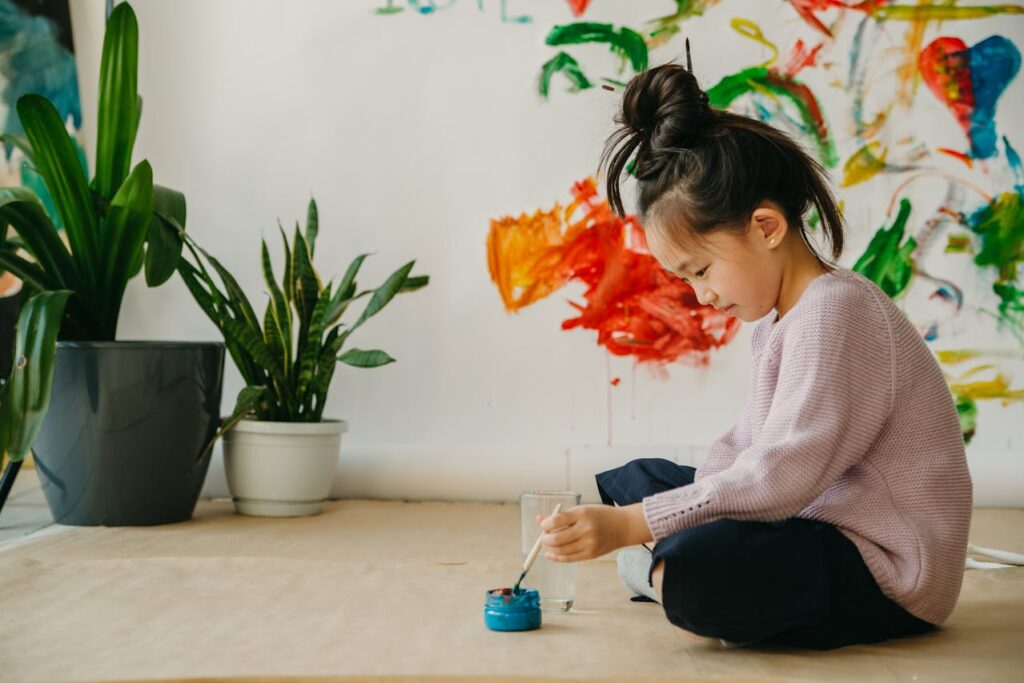
Certain plants like Echinacea and Aloe Vera have immune-boosting properties. Echinacea, for example, is known for its ability to enhance the immune system and fight off colds and infections. Aloe Vera, with its anti-inflammatory properties, can be used to soothe minor skin irritations and boost overall health.
Reducing Tension and Anxiety
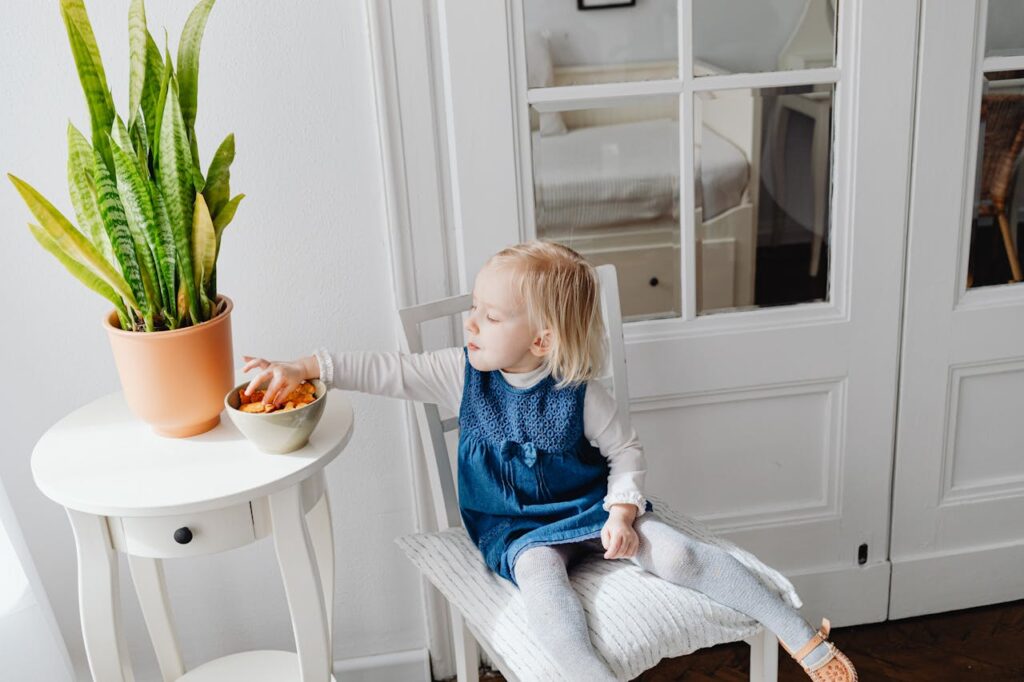
The presence of plants like Chamomile and Lavender can significantly reduce tension and anxiety. These plants release calming aromas that have a relaxing effect on the mind and body. Incorporating them into your home can create a more serene and stress-free environment.
Providing Natural Remedies
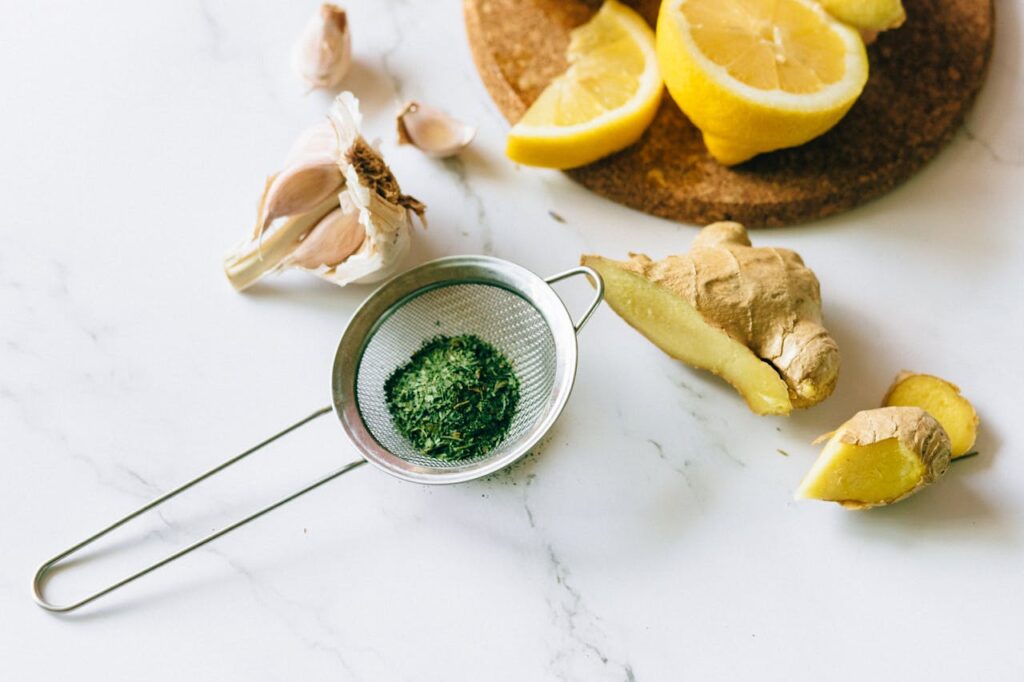
Many household plants, such as Aloe Vera and Peppermint, provide natural remedies for common ailments. Aloe Vera gel can be used to treat burns and skin irritations, while Peppermint leaves can be brewed into tea to soothe digestive issues. Having these plants at home offers a convenient and natural way to address minor health concerns.
Enhancing Learning and Retention

Plants like the English Ivy and Golden Pothos can enhance learning and retention by improving air quality and increasing oxygen levels. Better air quality leads to improved concentration and cognitive function, making it easier to absorb and retain information. These plants are ideal for study areas and offices.
Increasing Pain Tolerance

Research suggests that the presence of plants like Lavender and Eucalyptus can increase pain tolerance. The calming effects of these plants help to reduce the perception of pain, providing a natural and non-invasive way to manage discomfort. Incorporating them into your living space can contribute to overall well-being.
Fostering a Sense of Responsibility

Caring for household plants like the Peace Lily and Snake Plant fosters a sense of responsibility and routine. Regular watering, pruning, and tending to plants can create a sense of purpose and fulfillment. This can be particularly beneficial for individuals looking to establish a daily routine or seeking a therapeutic activity.
This article originally appeared on UnifyCosmos.
More from UnifyCosmos
21 Effective Study Techniques for Better Grades

Simple changes to your routine can make a big difference. Let’s explore some strategies to help you study smarter, not harder. Read more!
15 Steps to Achieve the Perfect Eyebrow Shape

Getting your eyebrows just right can make a huge difference in your appearance. Perfectly shaped brows frame your face, highlight your eyes, and give you a polished look. Read more!
18 Tech Habits You Need to Avoid

Technology is woven into the fabric of our daily lives, making tasks easier and keeping us connected. However, certain tech habits can hinder our productivity and well-being. Read more!
Leave a Reply